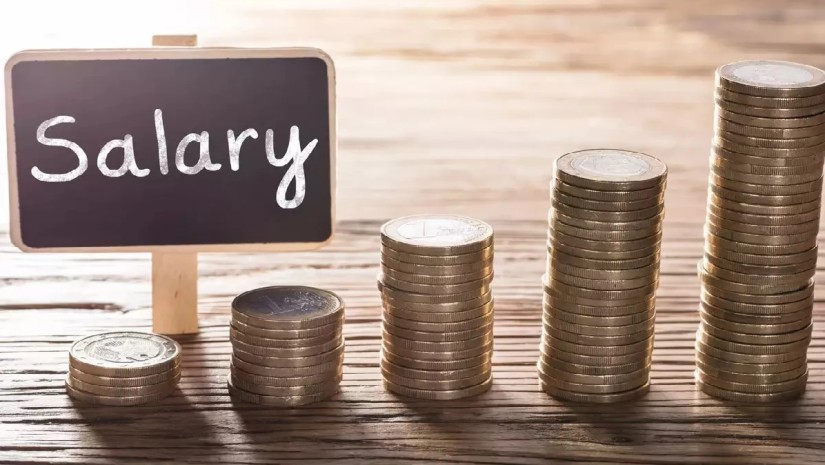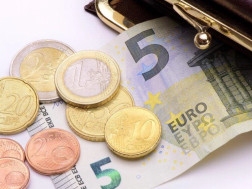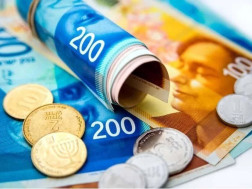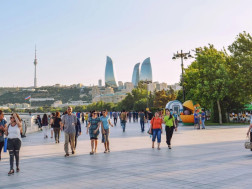In the second quarter of 2023 the hourly labour costs rose by 4.5% in the euro area and by 5.0% in the EU, compared with the same quarter of the previous year, according to Eurostat, the statistical office of the European Union.
The two main components of labour costs are wages & salaries and non-wage costs. In the euro area, wages & salaries per hour worked increased by 4.6%, while the non-wage component rose by 4.0% in the second quarter of 2023, compared with the same quarter of the previous year. In the EU, hourly wages & salaries increased by 5.1% and the non-wage component by 4.4% in the second quarter of 2023.
Breakdown by economic activity
In the second quarter of 2023 compared with the same quarter of the previous year, hourly labour costs in the euro area rose by 4.4% in the (mainly) non-business economy and by 4.5% in the business economy: +3.9% in industry, +4.2% in construction and +4.8% in services. In the EU, hourly labour cost grew by 4.7% in the (mainly) non-business economy and by 5.0% in the business economy: +4.7% in industry, +4.8 % in construction and +5.2% in services.
Wage costs
In the EU, the economic activity that recorded the highest annual increase in hourly wage costs is NACE Rev. 2 section B – ‘Mining and quarrying’ (+12.0%). The lowest annual increase was recorded in NACE Rev. 2 sections M – ‘Professional, scientific and technical activities’ (+2.5%) and L – ‘Real estate activities’ (+2.9%).
Non-wage costs
The economic activities with the biggest annual increases in the non-wage component were: NACE Rev. 2 section B – ‘Mining and quarrying’ (+14.4%) and I – ‘Accommodation and food service activities’ (+10.1%). The lowest annual increase was recorded in NACE Rev. 2 section L – ‘Real estate activities’ (+0.7%).
Hourly wage costs across countries
In the second quarter of 2023 compared with the same quarter of the previous year, the highest increases in hourly wage costs for the whole economy were recorded in Hungary (+17.3%), Croatia and Slovenia (both +14.5%), Romania (+14.4%) and Bulgaria (+14.2%). Four more EU Member States recorded an increase above 10%, namely: Poland (+13.3%), Estonia (+13.1%), Lithuania (+12.4%) and Latvia (+12.3%).























